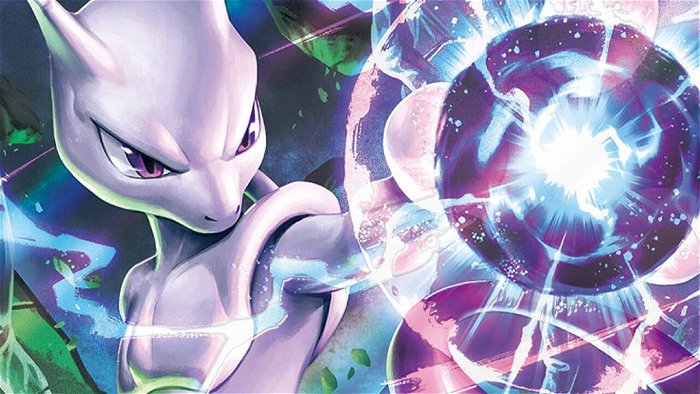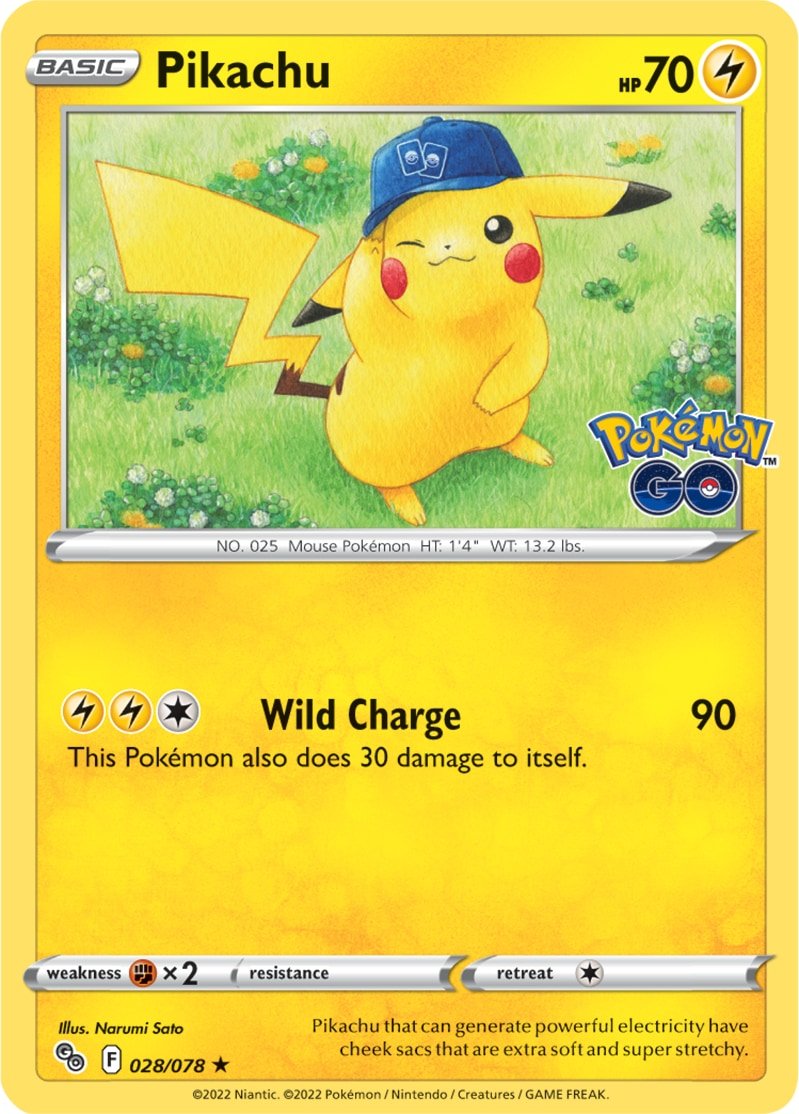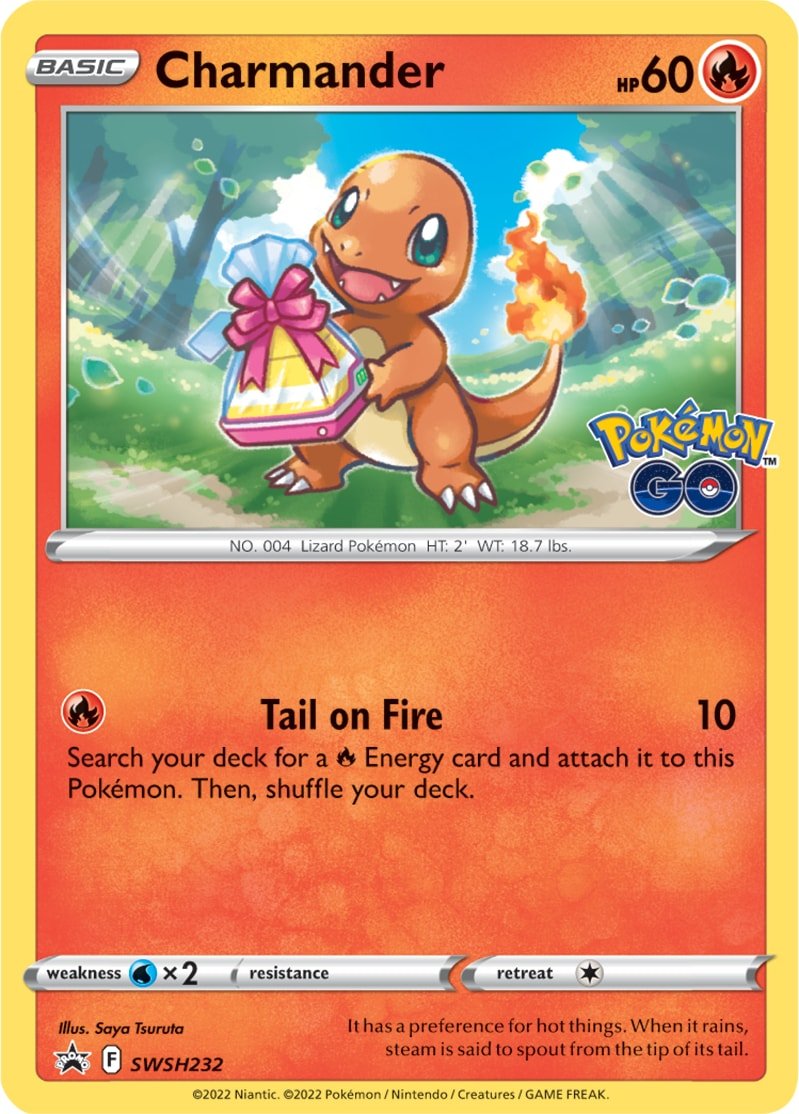When Pokémon Go launched 6 years ago this month, some took it as a fad. Instead, it has solidified into a vital arm of its franchise, weathering a pandemic that hampered its very design and raking in $5 billion in lifetime, worldwide revenue.
Niantic and The Pokémon Company are marking the occasion with crossovers between the mobile AR app and the Pokémon Trading Card Game—first in the digital game, and now in the collectible. Pokémon TCG: Pokémon Go is a smaller set of 80-something total cards, and it’s an excellent place to get into (arguably) the world’s hottest trading card game.
It may seem unusual, but Pokémon Go has a strong population of players that don’t play the other entries in Nintendo’s juggernaut series, even in dedicated communities of power Go gamers like The Silph Road. The title is geared to appeal to this demographic; you don’t need to have played the entire main series and consumed half the tie-in media to appreciate slinging balls at monsters while you meander through the local mall. Even my two-year-old can recognize it and throw a ball with 50% accuracy.

It does make an excellent gateway game, however, and Pokémon TCG: Pokémon Go is one of the best routes to take if you’re curious about the rest of the franchise. As a smaller set, it’s easier to pull the cards you want most from packs, and the art direction makes the transition smooth visually. Some cards have a photorealistic aesthetic or feature familiar sights from the game like stops and gifts.
Even if you’re just curious about the game that has people fighting over stock at Target, Pokémon TCG: Pokémon Go is still a great place to dip your toe in. The card list is drawn mostly from iconic faces, but also has less readily recognizable characters from the mobile game’s history to draw you further in—like Meltan, the oddbal Alolan critter that can only be evolved into Melmetal in Pokémon Go. While veterans may be rightfully weary of the likes of Mewtwo and Charizard, there’s no denying their accessibility is a benefit to newcomers.
That being said, there is one unique quirk that will make Pokémon TCG: Pokémon Go a little less accessible—the absence of booster packs and boxes. You’ll need to purchase themed products in order to get your hands on individual boosters. These range from mini tins with 2 packs, up to Elite Trainer Boxes with 10 packs or the Radiant Eevee Collection with 8. It’s a baffling move that makes an entry-level set obtuse, especially since a few of these products won’t even be available for a few weeks.


However, with a set of this size, one can easily drown in duplicates if chasing specific cards from boosters. The Pokémon Company was kind enough to provide CGM with a variety of products from the set for a total of about 33 boosters. From these, we ended up with almost a complete set—save one Rare, and the rainbow or secret Rares—and a full playset of most common/uncommon. This set should stand as an achievable goal for the completionists out there.
Of the myriad pack delivery options available, the Team Collections are perhaps the best. Grab the box for your team in Pokémon Go to get a promo card of its leader, a pin to rep your allegiance, and six boosters—a great running start for any collection, at a modest price. The Radiant Eevee is a little heftier, with a pin and 8 boosters, but it does include a charming playmat featuring the shiny critter.
All those packs yielded only one opportunity to check out one of Pokémon TCG: Pokémon Go’s big gimmicks, Ditto cards. Certain cards feature a small icon of the purple shape-shifting blob in their bottom corner, indicating that their face can be peeled off to reveal the true Ditto card beneath. Luckily, The Pokémon Company learned from Niantic’s in-game missteps and ensured this phenomenon is only available on common, more “expendable” cards like Bidoof.


Boxed products come with codes that can be redeemed (through the usual, somewhat convoluted methods) for in-game items as well—exclusive stickers, common items, and even a hat and t-shirt style for your trainer. And of course, there are code cards to redeem equivalents of your physical goods in the digital Pokémon TCG games. The Pokémon Company gets synergy.
While this is a great entry point, the set is not quite enough on its own. I’d recommend picking up the Battle Academy, a $30 CAD box set that walks newcomers through mock games with beginner-level decks. (We reviewed the 2020 version, but there’s a 2022 edition that includes the current VSTAR rules; either would suffice.) The V Battle decks for this expansion, Metwo and Melmetal, would make a great follow-up to this tutorial.
Once you’ve learned the basics, Pokémon TCG: Pokémon Go is an excellent first set to cut your teeth—a small set with familiar faces, that’s less mechanically complicated, and uses the accessible lens of a massive mobile game to ease the transition.




